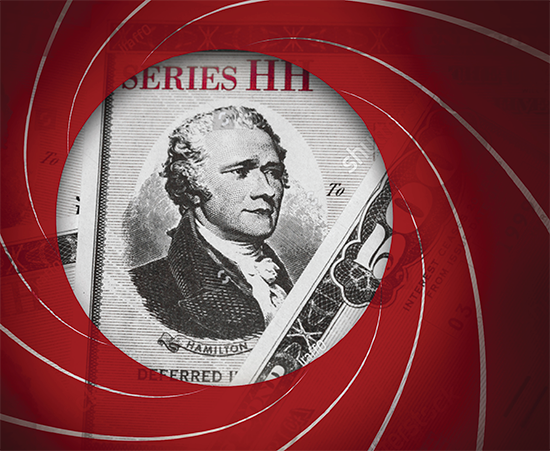
August-
September 2023
Changing World...
Unchanging Mission
------------------
|





BROWN ON GREEN | Bond...Government Bond
Do government bonds fluctuate in value? Most people have a lot of faith in U.S. government bonds, and rightly so, because they are guaranteed to pay you the stated interest rate. When the bond matures, you get 100% of what you invested back. For instance, if you invested $100,000 in a newly issued ten-year government bond, it will currently pay you 3.5% or $3,500 for ten years, and when the ten years have passed, it will pay you back the $100,000 you invested. So, it’s a risk-free investment, right? Well, only if you hold it to maturity.
During the pandemic, almost every American received stimulus checks. These checks were a lifeline for those unemployed due to the government-mandated shutdown that caused many businesses to close temporarily or permanently. However, many Americans did not need the stimulus checks, and they simply put them in their banks. These banks are required either to loan the money to businesses and individuals, or (if they do not have a lot of loan demand) they must invest in government bonds.
This is precisely what happened in 2020 and 2021. When the economy shut down, it took time to get it running again. Because banks had little demand for loans, they bought a great number of government bonds. The Federal Reserve stepped in to stimulate the economy and basically cut the federal funds rate to zero. This meant all government bond rates went down as well. The ten-year bond rate was around 1.8% at the beginning of 2020, but by May when the stimulus checks arrived, the ten-year rate had dropped to 0.7%.
So, banks bought ten-year government bonds paying 0.7% in May of 2020. Fast forward to May 2023 when, to combat inflation, the federal funds rate was reset to between 5-5.25%, and ten-year bonds are now paying 3.5%. Government bonds still pay the stated rate for the stated maturity, and you get your $100,000 back. But, what if you need to sell it before it comes to maturity? If you have a ten-year bond purchased in May 2020 with a rate of 0.7%, but you need to sell it in June 2023, this could be a problem.
When someone can buy a new ten-year bond with a stated rate of 3.5%, do you think anyone will pay you $100,000 for your bond? Nobody will pay $100,000 for a bond with seven years until maturity when they can buy a ten-year bond that will pay 3.5%. Bonds fluctuate in value to reflect the going rate of return. So, if you want to sell that 0.7% bond, they will offer you around $83,000, making the rate on the bond like a newly-issued bond.
This is precisely what caused the banking crisis earlier this year. People and businesses withdrew their money, and banks had to sell bonds at a loss to have enough cash to pay depositors.
So, yes, even U.S. government bonds fluctuate in value during a dramatic rise or fall in interest rates.
About the Columnist: David Brown, CPA, is director of Free Will Baptist Foundation. To learn more,
visit www.fwbgifts.com.
|
|

